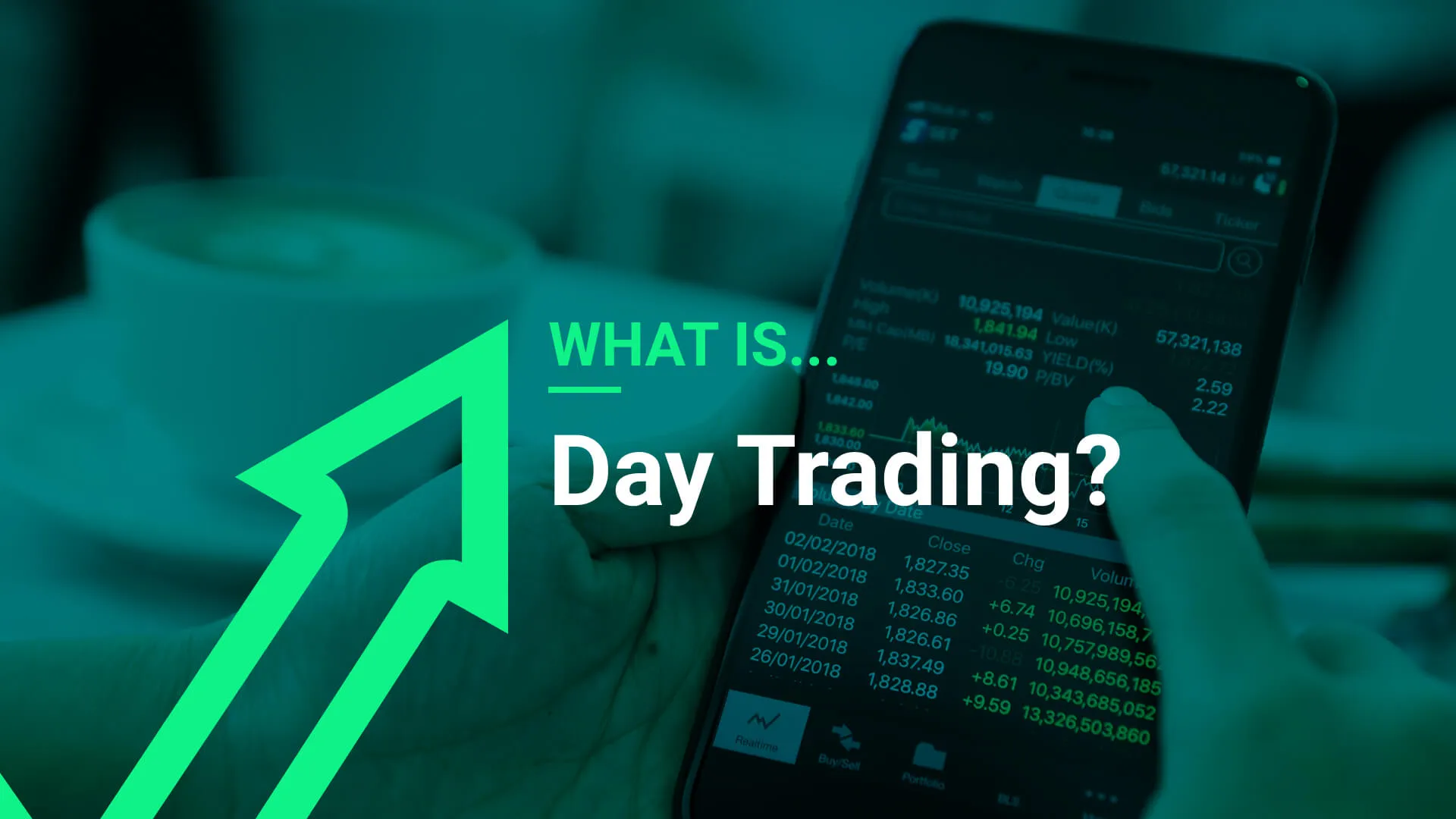Compound interest is the interest earned on interest. It refers to savings in a bank account, interest on investments, and interest on a loan.
Compound interest is the holy grail of investing because over time it can exponentially grow your wealth.
But the opposite is true when it comes to debt. When paying interest on a loan, compound interest can rapidly work against you and lead to exponential losses. This is where the danger lies in credit cards and payday loans.

How to calculate Compound Interest
#How compound interest works
Compound interest works by compounding the initial amount by accumulating interest on top of interest. This is great for investing and bad for debt.
The power of compound interest comes from five core factors:
Amount held to begin with
Frequency of interest received
Time period
Interest rate received
Regular deposits added to the money pot.
This combination can lead to incredibly powerful wealth generation.
Compound interest is often associated with dividend investing. That’s because dividend payments act like interest payments and when left to accumulate over many years, they can grow exponentially.
Here are some examples.
Modest investment:
Initial balance: $100
Interest received: 5% annually
Period: 20 years
Invest $100 monthly
Total invested: $24,100
Interest earned: $16,745
Final value: $40,845
While this is impressive, compound interest can turn ordinary investors into millionaires with the right combination of factors.
Become a millionaire:
Initial balance: $10,000
Interest received: 9% annually
Period: 40 years
Invest: $250 monthly
Total invested: $130,000
Interest earned: $1,238,903
Final value: $1,368,903

#Compounding your way to riches
The time it takes to get rich depends on investing style and the rate of compounding.
Low risk, low return
Traditional bank accounts are a safe way to save money because the capital is not at risk, but the interest rate is likely to be low, so the route to exponential wealth is incredibly slow or non-existent.
A slightly more attractive option is exchange-traded funds (ETFs) or corporate bonds. These offer a better interest rate than bank savings, but no guarantees on returns, and again the time-horizon to exponential wealth can lead far into the future.
Risk vs reward
Investing in the stock market by directly buying individual stocks can lead to higher interest rates, but your initial capital is at risk, so the risk/reward ratio becomes greater. This can be mitigated by careful stock picking.
The most important factors contributing to compound investing vary depending on investing style. In a low-interest-rate environment, time is the key to accumulation. This is why dividend investors usually have a long time horizon.
Frequency of interest gained
Compounding accumulates quicker, the more frequently interest is earned. If the interest is generated bi-annually, quarterly, monthly, or even daily, then the total interest paid over the year increases.
That’s because each new interest payment received, is paying interest on the original balance, plus all previous interest payments received.
Turn $18k into $2.7m:
Initial balance: $5,000
Interest received: 5% monthly
– – > Effective Annual Rate: 79.586%
Period: 10 years
Invest $150 monthly
Total invested: $18,000
Interest earned: $2,765,295
Total value: $2,788,295
This looks easy but earning those kinds of returns is far from simple without significant risk. Also, it’s easier to make big gains with a small pot of money, but much harder when investing large sums of money.
That’s because every trade requires a buyer and a seller. If you want to sell millions of dollars worth of stock you need a buyer with millions of dollars to buy it.
Therefore, the more capital you want to deploy, the fewer candidates there are to do business with.
Billionaire investor Warren Buffett once said:
#Start young
The fact time is such an important factor in the power of compounding gives weight to starting young. Buffett has amassed over $100bn in his 91 years on earth.
The secret to this impressive wealth is starting young and being patient.
If a 20-year-old starts investing, they could generate a million dollars by retirement age with relative ease, compared to a 40-year-old.
#Where’s the value:
The power of compound interest comes from its accumulating effect.
Compounding interest is interest calculated on the initial capital, including any accumulated interest from previous periods.
The frequency of compounding varies. It can occur daily, weekly, monthly, annually, sporadically, or continuously.
Time is a significant factor in compounding and the number of periods makes a considerable difference to the final sum.
To calculate compound interest, you multiply the initial capital by one plus the annual interest rate to the power of compound periods minus one.
